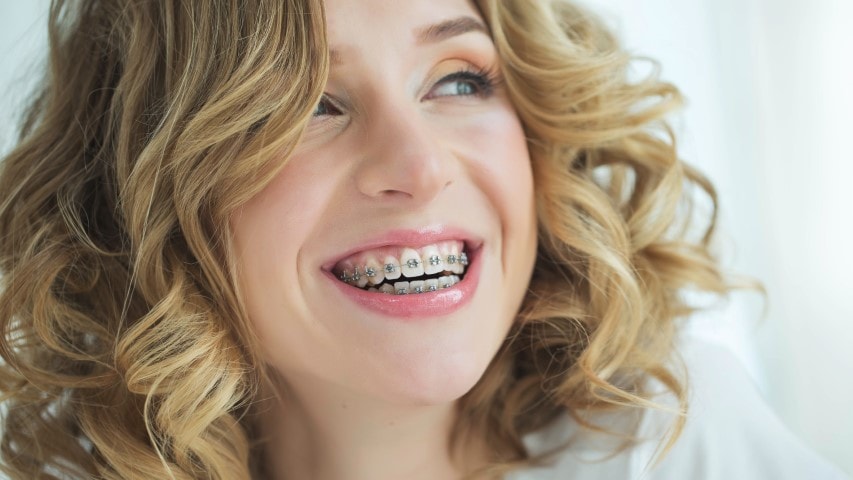How Do Braces Actually Work?
Moving teeth into their proper alignment is a complicated and fascinating process, so how do braces do it? Let’s take a closer look.
Braces Anatomy
The basic anatomy of braces is brackets, archwires, and o-rings. We place the brackets on the teeth in precisely the right place, then run the archwires through them and hold it all together with colorful o-rings. Archwires vary in thickness and material depending on the treatment plan. They provide steady, gradual pressure to the teeth as they straighten back into their original shape.
The Common Braces Add-On
There are sometimes additional appliances and parts depending on what the treatment involves, like elastics that correct a bite problem. Elastics can only do their job when the patient follows the orthodontist’s instructions! Don’t wear too few OR too many!
Orthodontics at the Cellular Level
When an orthodontic appliance puts pressure on the teeth, it sets off an intense cellular process within the jaws, and the bone actually reshapes itself. Specialized cells called osteoclasts break down bone cells in the way of a tooth while osteoblasts work to build new bone cells behind it so that it will keep fitting snugly in its socket.
This process is a gradual one. Our teeth still remember their old position after the braces come off. That’s why retainers are so important!



